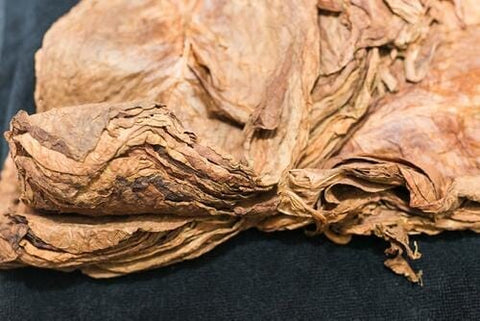What You Need to know About Tobacco Fermentation

When we talk about a cigar that we love, we discuss the flavor profile derived from a blend of luxurious tobaccos, and we admire the wrapper that ties all of those wonderful elements together. Rarely do we discuss one of the most important processes of all when it comes to cigar-making, which is fermentation.
We get it – fermentation is not a very glamorous word. But, without it, the tobacco industry would seriously be lacking. A lot of us take for granted what this process does, which is why we’re here today. We’ll be taking a closer look at tobacco fermentation, while explaining what it does in terms of enhancing the overall quality of your beloved cigars.
Why is Cigar Tobacco Fermented?
Maybe you’ve noticed that cigar tobacco is unique in a number of ways, making the quality of it noticeably different from other forms of tobacco, such as that which is used in cigarettes. Cigar tobacco is richer, more flavorful, smoother and longer-lasting. A lot of this is because of fermentation, which is a process that, to an extent, naturally occurs. But any lauded cigar house will add to the fermentation process to better control the taste and quality of their particular cigar tobacco. Fermentation, in essence, brings out those desirable flavor notes, which allows tobacco companies to deliver consistency in terms of their flavor profiles, with more nuance than what low-quality cigars can provide.
What is the Fermentation Process Like?
Like we said, fermentation happens naturally, and this initial fermenting stage is typically known as “curing.” As the tobacco leaves sit around, they begin to break down, which changes their moisture levels, their flavor and their texture. Now, for most companies, that’s only a preliminary step, because fermentation as a process allows companies to improve their cigars in a number of ways.
Once the curing process is complete, a company will create pilons, which are stacks of tobacco. They’re not unlike compost piles, which allow limited oxygen to get through as the molecules break down at a natural pace, changing the chemical structure of the product. The piles also produce pressure, which both releases ammonia from the tobacco leaves, and reduces moisture. This allows for a great fermentation environment while the tobacco’s chemistry is transformed, which will ultimately affect the flavor and quality.
Now, in order to ensure the desired product, tobacco manufacturers must monitor this process carefully. For one thing, the pilons must maintain a temperature between 100 and 115 degrees, as this is ideal for promoting adequate fermentation. It’s common for employees to turn these pilons regularly to maintain the right temperature as needed. They may sit in these pilons for up to several months until they’re just right.
Once the fermentation process is complete, which is at the discretion of the manufacturer, the pilons are misted with water to bring moisture back into the leaves. From there, a day or two is spent allowing the tobacco to aerate properly.
Now, not every company does this. Now that you know about fermentation, you may be able to begin to detect which companies follow the tedious process described above, and which do not. Fermentation adds a unique quality to the end product, and ultimately separates high-end tobacco makers from low-end ones.
It’s also worth noting that some companies repeat these steps several times to alter the quality and taste of their tobacco.
This Process Really Matters
The fermentation process is a critical step to crafting a high-quality, luxurious cigar. While fermentation is a naturally occurring process, the more high-end brands take this process further with techniques that allow for better control and more consistency.
← Older Post Newer Post →
